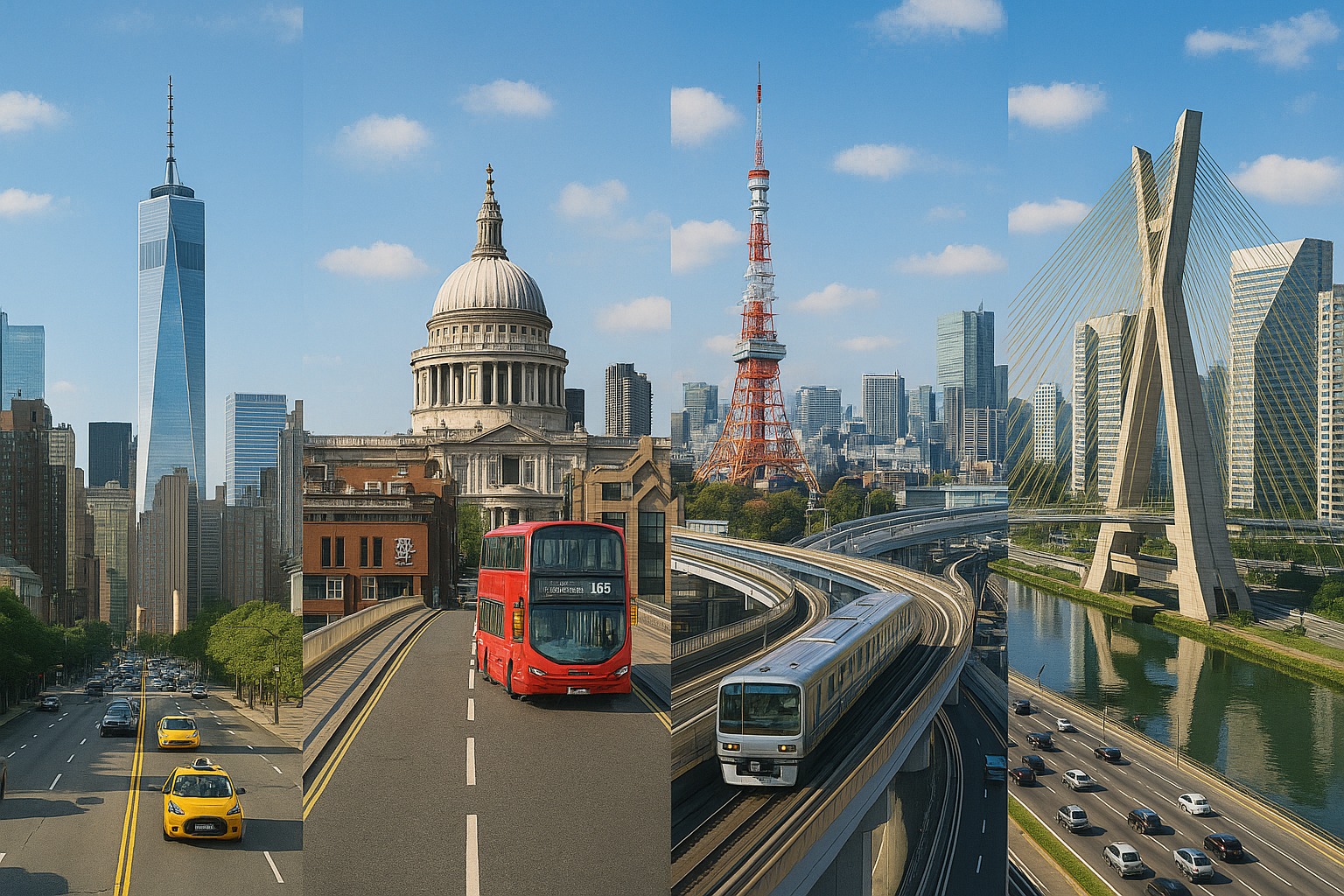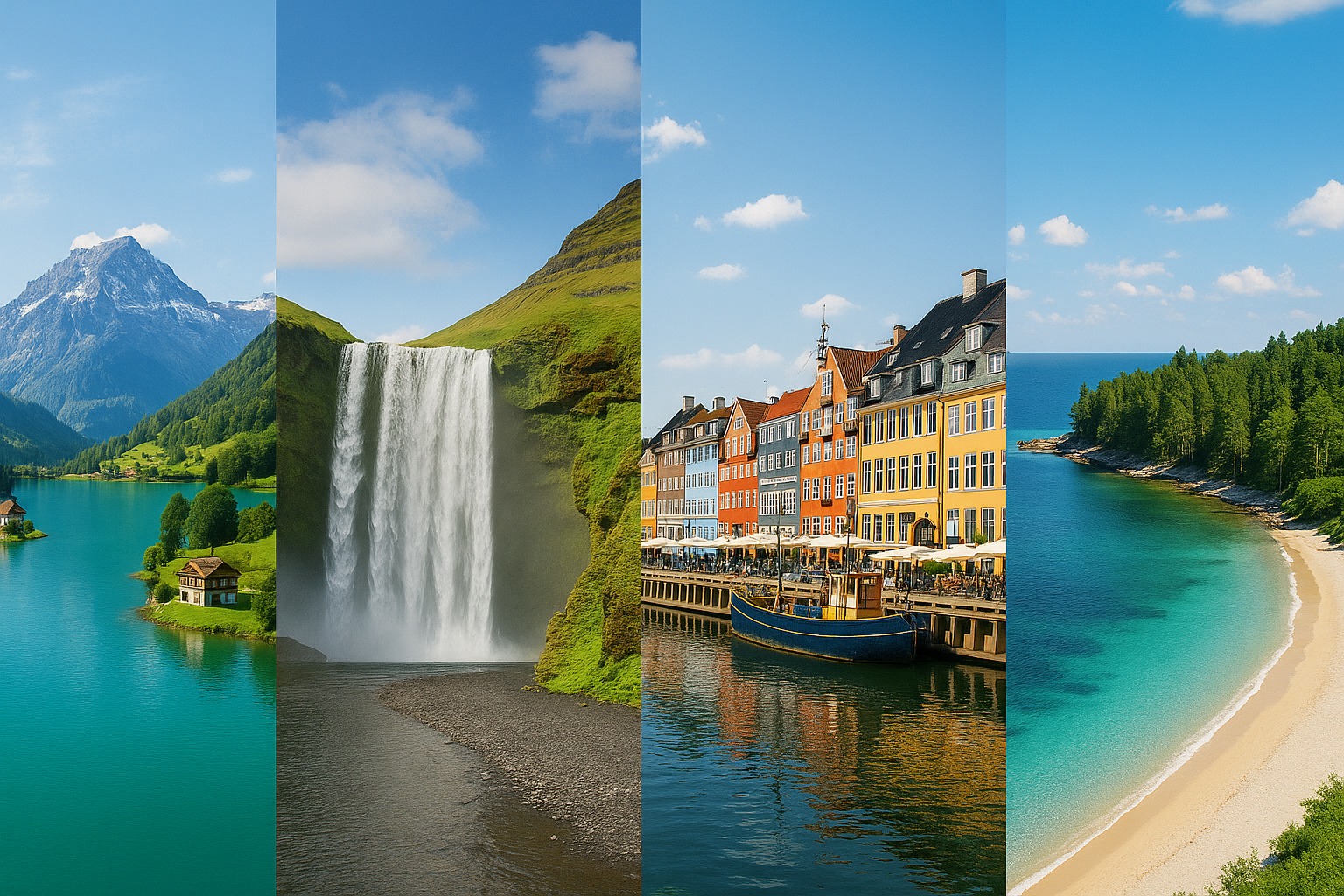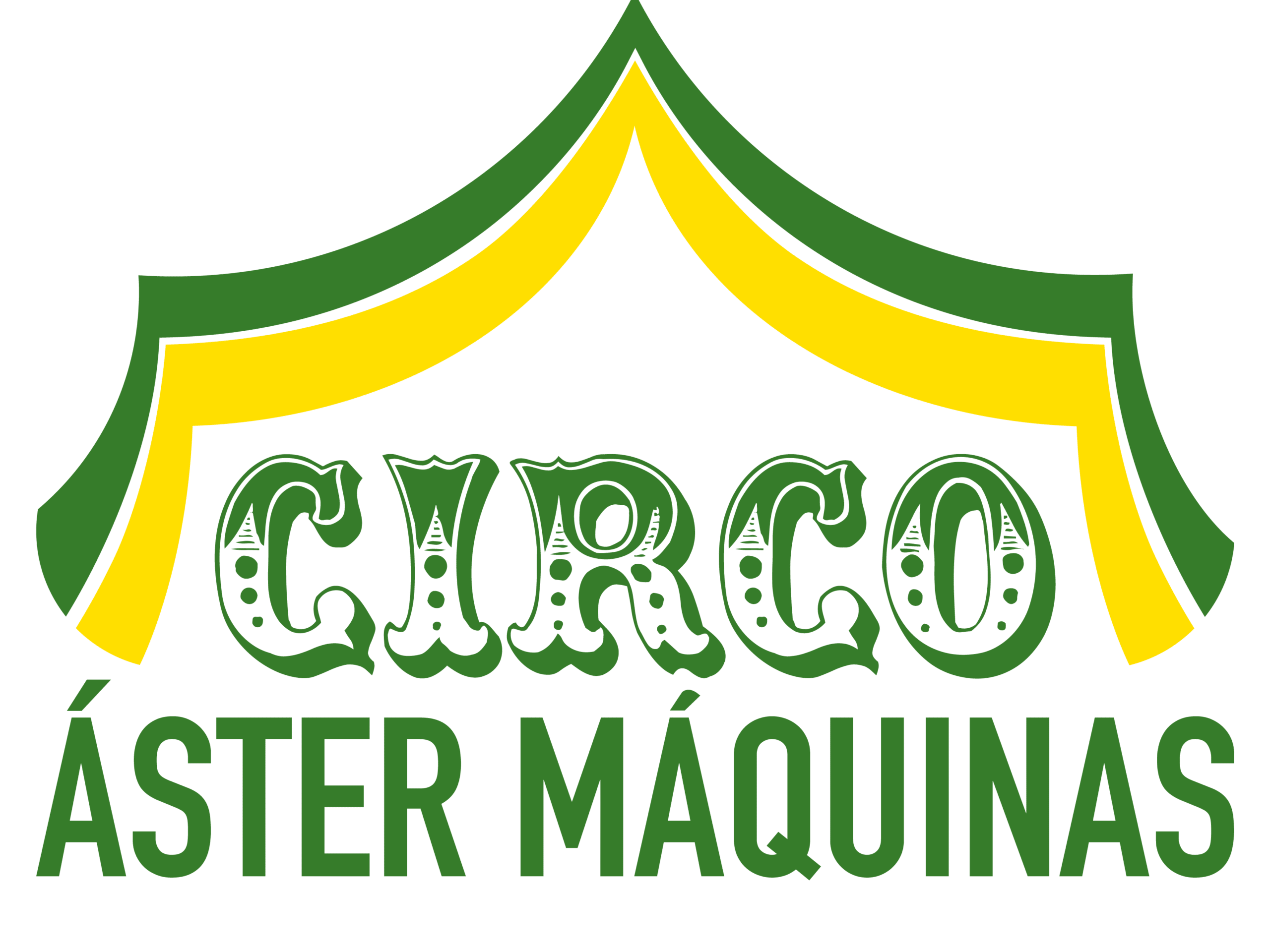The gaze of the world has turned firmly toward Amazonia, one of the main subjects in every corner of the planet, including when talking about the new economy. To have an economy we need a sustainable planet, to have a sustainable planet we need to talk about the Amazon, and to talk about the Amazon we need to talk about the native peoples.
The numbers are alarming, both worldwide and in the Amazon region, which holds a good part of the planet's biodiversity of flora and fauna. For this rich biodiversity of the planet and of the locality to survive, measures and solutions are talked about all the time, but in fact actions need to be taken. Indigenous peoples are holders of ancestral knowledge and a unique worldview that values the harmonious relationship between human beings and nature. They often masterfully teach us how to live in a community, and a host of other lessons. This vision can be a powerful tool for promoting sustainability and conserving the planet's biodiversity.
However, many indigenous peoples have historically been marginalized and subjugated, which often results in a loss of confidence and self-esteem. By carrying out projects aimed at indigenous leadership development, it is possible to reverse this picture, giving indigenous communities their due voice and empowering them.
The Indigenous leadership and community development projects can be implemented in several areas, such as health and wellness, quality education, sustainability and preservation of the environment, eradication of hunger, and bio-economic solutions among others . They offer indigenous leaders the opportunity to develop their skills and competencies, and provide a space to exchange knowledge and experiences with current development.
In addition, projects of this kind have an important contribution to make to the preservation of the planet's biodiversity and to building a more sustainable world. Indigenous communities have a deep knowledge of plants, animals and local ecosystems, in addition to having traditional management and conservation practices, and occupy preservation areas that are essential for maintaining the balance of the planet.
All this knowledge and circumstances can be used in biodiversity conservation and environmental restoration projects. This return to the origin through the strengthening of these roots is seen by several experts from different fields, as a medicine for the crises we are going through, both individual with mental health pandemics, and collective, with the planet under threat from climate change and its biodiversity.
Wanting to collaborate with examples of such projects, the Dharmic Leadership - Global Goals project went to the Kambeba community, located on the banks of the Cuieiras River in the Amazon. Through the project, we identified an educational work done masterfully by the Kambeba community, where they teach their children to read and write bilingually, in Portuguese and in the original language. Seeking to strengthen what already exists in the community, the project sought to hear the local needs to bring improvements for the community leaders to continue developing the work that is done there, through books with stories of the Kambeba people, a cultural center so that they can strengthen their cultural identity and be able to promote community-based tourism, having an official place to receive visitors.
Through the Dharmic Leadership documentary below, you can learn a little more about The People of the Waters - Kambebas and also about the project.
Here we seek to encourage new programs like this one, so that we can collaborate to a greater extent with the sustainable development of indigenous communities by valuing and strengthening their cultures and traditions. This look can be directed to several areas, such as health, education, territorial and environmental management, bio-economy, community-based tourism, as well as promoting the dialogue between the indigenous communities and the public and private sectors, so that together we can enter into harmony for the preservation of the planet's biodiversity and for the construction of a more sustainable world and conscious development of the Amazon.
For this it is fundamental that opportunities be created so that the indigenous communities can lead and actively participate in these projects, true sustainability will only exist when it happens FROM THE AMAZON FOR THE WOR LD.
Come write this new story together.



